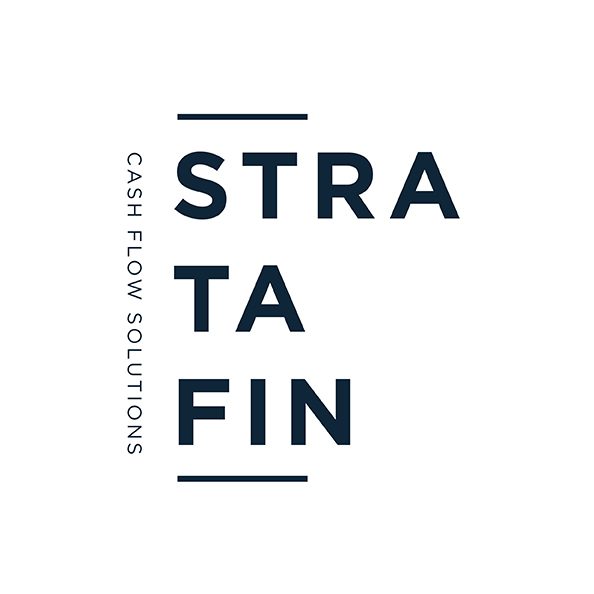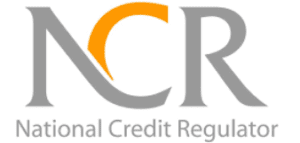What is a domicilium citandi et executandi?
The domicilium citandi et executandi is the service address for the community scheme. This address is used for the receipt of important administrative and legal documents.
What does the legislation require for the Community Scheme’s service address?
PMR 4(1) states that the Community Scheme must, from time to time, determine the service address that will be its domicilium citandi et executandi in terms of section 3(1)(o) of the STSM Act.
Section 3(1)(o) of the STSM Act states that the Community Scheme must notify the chief ombud, the local municipality concerned and the registrar of its domicilium citandi et executandi, which is its address for service of any process.
What can the Community Scheme’s service address be?
PMR 4(1) states that the such service address must be:
(a) the physical address of a section in the scheme;
(b) the physical address of a duly appointed managing agent or administrator; or
(c) another physical address within the magisterial district in which the scheme is located.
PMR 4(2) states that the trustees may designate a fax, email or other address as an alternate body corporate service address.
Changing the Community Scheme service address
PMR 4(3) states that a change of a Community Scheme service address is effective when written notice of that address is lodged with the Community Schemes Ombud Service (the “CSOS”) in the prescribed form.
Regulation 5(1) made under the STSM Act states that the body corporate notification of its service address referred to in section 3(1)(o) of the STSM Act must be substantially in accordance with Form A of Annexure 3.
PMR 4(4) further requires that the trustees must, when they give the CSOS notice of a change of the body corporate service address in terms of section 3(1)(o) of the STSM Act, simultaneously give such written notice to all members and other occupiers of sections and to all registered bondholders.
Service address of members
PMR 4(5) states that the service address for any legal process or delivery of any other document to a member is the address of the primary section registered in that member’s name.
Change of service address of member
Section 6(2) of the STSM Act requires that the body corporate must, at least 30 days prior to a meeting of the body corporate where a special resolution or unanimous resolution will be taken, give all the members of the body corporate written notice specifying the proposed resolution, except where the rules provide for shorter notice. Section 6(3) states that the notice must be:
(a) delivered by hand to a member;
(b) sent by pre-paid registered post to the address of a member’s section in the relevant scheme; or
(c) sent by pre-paid registered post to a physical or postal address in the Republic of South Africa that a member has chosen in writing for the purposes of such notice.
Section 6(4) of the STSM Act states that the notice may also be sent to a member by fax or email.
A member is entitled to change that address for purposes as contemplated in subsections 6(3)(c) and 6(4) of the STSM Act to another physical, postal or fax address in the Republic of South Africa or to an email address. The change is effected by written notice to the body corporate, and that the change in the service address of the member is effective when the body corporate receives notice of such a change.
Service address of occupiers
PMR 4(6) states that the service address for any legal process or delivery of any other document to an occupier of a section, who is not a member, is the physical address of that section.
Written by Dr. Carryn Melissa Durham of Stratafin.













